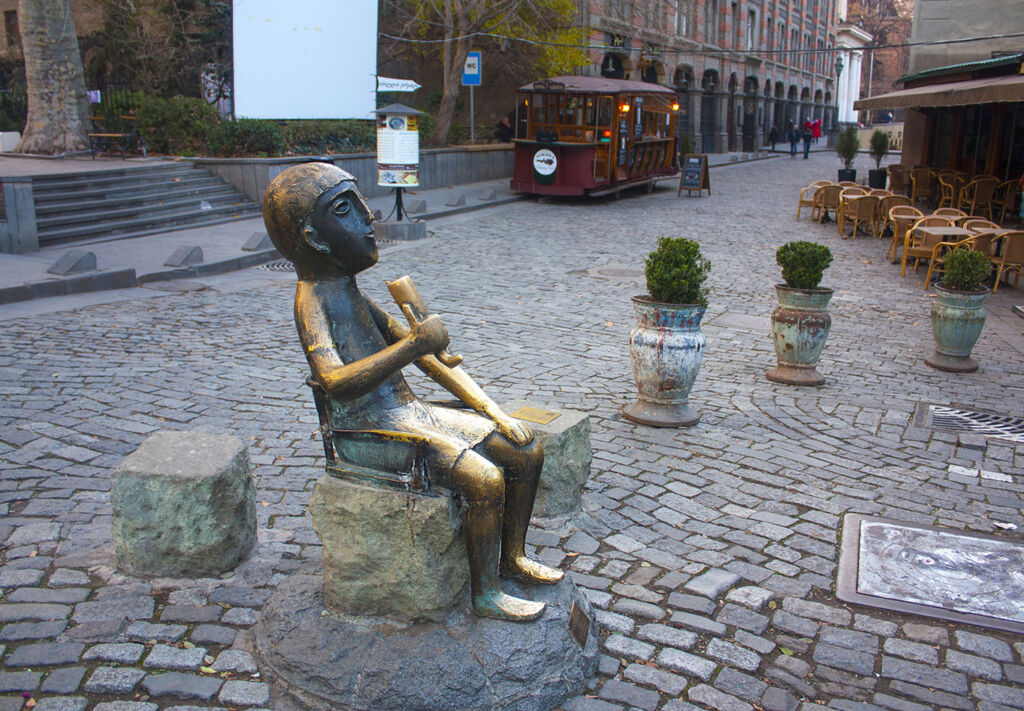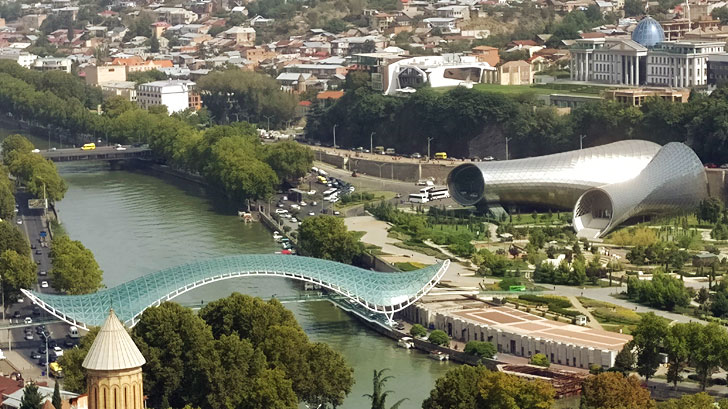Walking through the center of Tbilisi, you come across a curious statue: a man quietly seated in the center of the square holding the typical Georgian “Khanzi” chalice.
The “Tamada”, or the master of ceremonies, is represented here, the one who at each banquet (or “Supra“) proposes and guides the toasts, accompanied by a short and effective preface.
In Georgia, drinking wine with friends is practically a lifestyle, a very important tradition and the toast therefore becomes a convivial and sacred act, marked by a complex system of consolidated customs and traditions.
You can therefore understand how important the role of the Tamada is.
A good Tamada must be sensitive, intelligent, always in a good mood, of good culture, have innate oratory skills, almost a poet, know how to conduct the evening, know how to decide when to propose a toast, when to sing, when to call everyone to dance. Obviously, he must know the wines and their characteristics very well, be able to ingest large quantities without problems and know the traditions of service and the table.
Every time the Tamada proposes a toast, everyone gets up, listens to his words in absolute silence, then at the final cry, they drink the wine from their Khanzi in one gulp.
Usually it starts with a toast in honor of the event that is celebrated, then a toast is proposed to the guest, one to health, one to fertility, one to prosperity, one to longevity, one to the dead, one to loved ones, one to friendship, one to dreams and so on for the duration of the “supra”.
It is also traditional to propose a toast to each person at the Georgian table trying to distinguish the most interesting and positive traits.
If the guests are few, usually the figure of the Tamada is identified in the head of the family or the eldest, while on great occasions, such as at a wedding banquet, the Tamada must be named in advance.
In Georgia, the culture of wine is very ancient, and is an integral part of history and national identity, wine at the table is the absolute protagonist, but a good Tamada is always necessary to ensure the good result of the ceremony.


